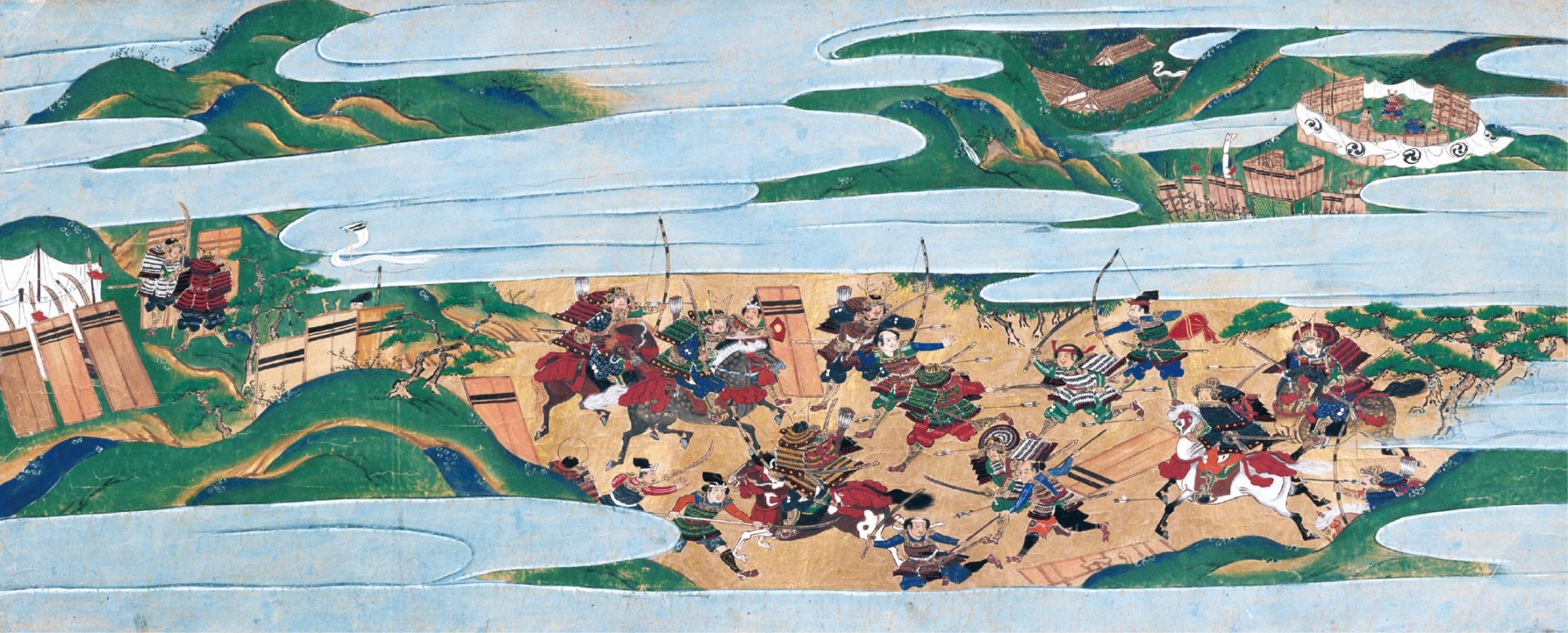"Swords of Kyoto: Master Craftsmanship from an Elegant Culture" is the largest sword exhibition in the Kyoto National Museum's 120-year history. Assembled are around 180 blades, 19 of which are National Treasures and 61 are Important Cultural Properties. Their chronology spans blades made in the late Heian Period (794-1185), when the curved, single-edged, hexagonal cross-sectioned form known today was defined, and those made by Masamine Sumitani (1921-98), who was a National Living Treasure and the last smith working in the Yamashiro (Kyoto) sword tradition.
Internal conflicts over imperial succession in the later Heian Period led in part to the rise of the warrior class who reorganized the aristocratic system. The Yamashiro tradition originated during this time with Sanjo Munechika and the smiths of the Sanjo and Gojo schools. The most celebrated creations were given names, such as Munechika's "Long Sword (Tachi)" (12th century), which was called "Mikazuki (Crescent Moon)" — a reference to a crescent moon-shaped patterning that can be seen on the blade in the right light.
Smiths were craftspeople, though in the early Kamakura Period (1185-1333) their status elevated to specialized craftsmen with elite connections.


















With your current subscription plan you can comment on stories. However, before writing your first comment, please create a display name in the Profile section of your subscriber account page.